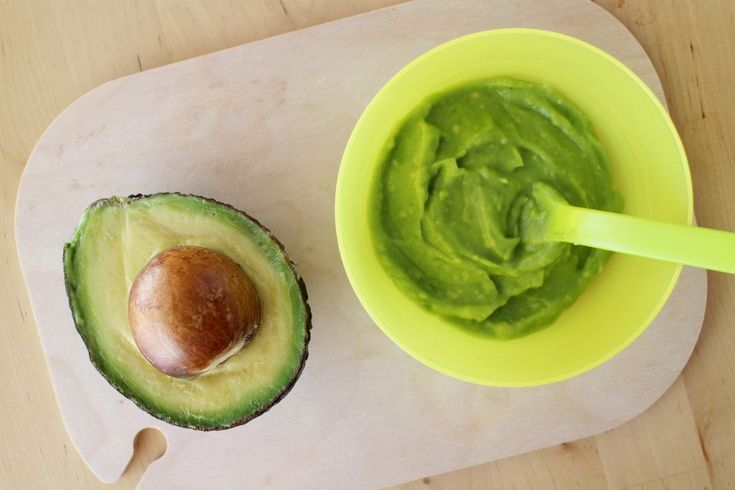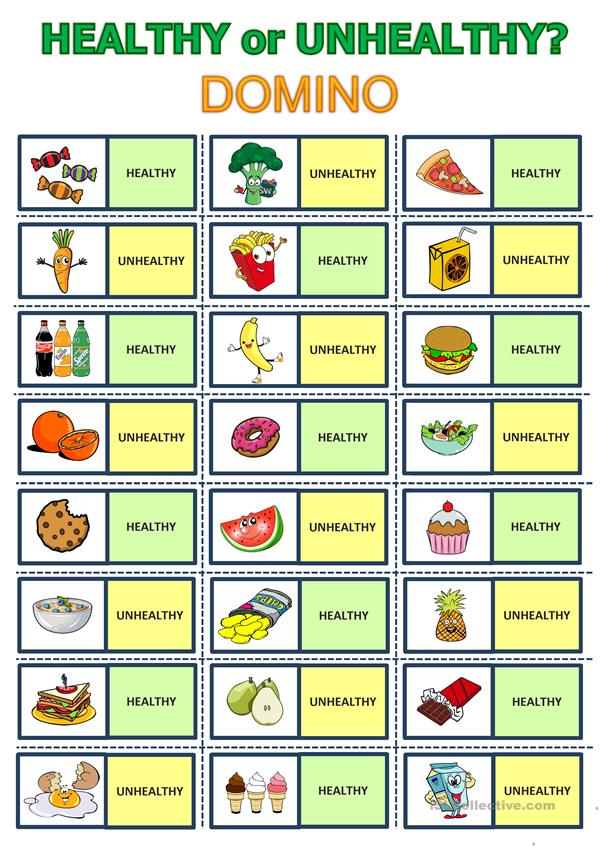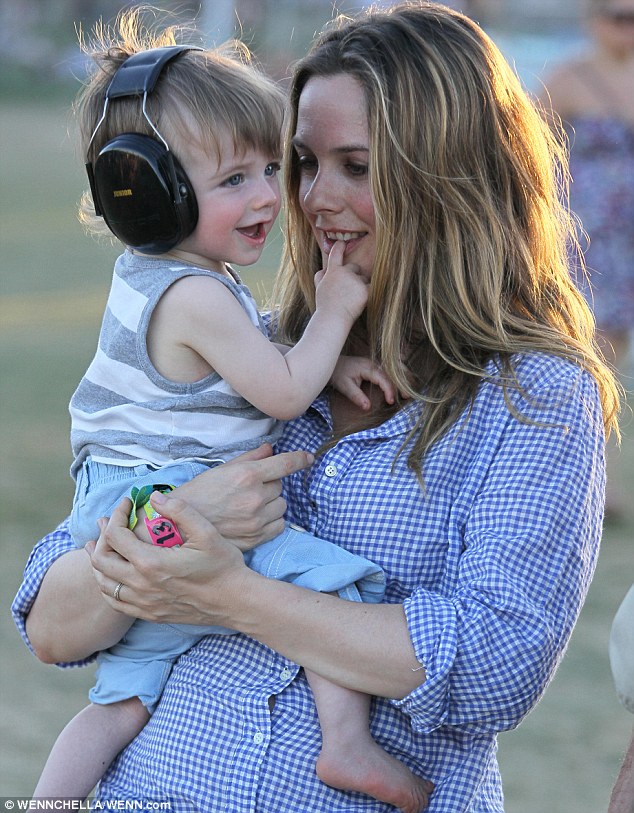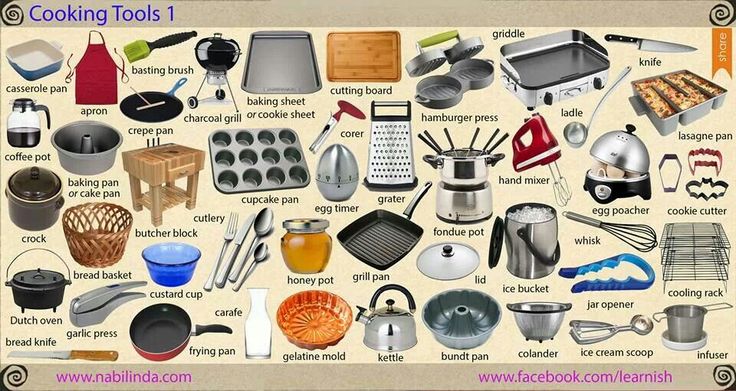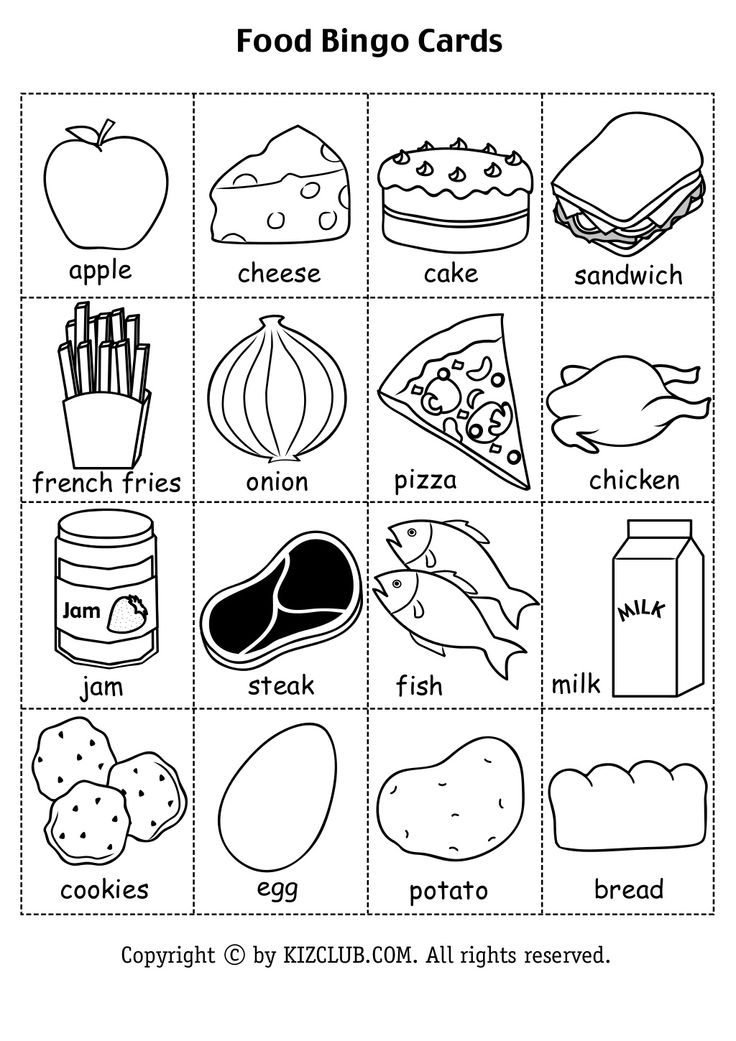How much formula do you feed a 2 month old baby
Formula Feeding FAQs: How Much and How Often (for Parents)
Whether you plan to formula feed your baby from the start, want to supplement your breast milk with formula, or are switching from breast milk to formula, you probably have questions.
Here are answers to some common questions about formula feeding.
How Often Should I Feed My Baby?
Newborns and young babies should be fed whenever they seem hungry. This is called on-demand feeding.
After the first few days of life, most healthy formula-fed newborns feed about every 2–3 hours. As they get bigger and their tummies can hold more milk, they usually eat about every 3–4 hours. As babies get older, they’ll settle into a more predictable feeding routine and go longer stretches at night without needing a bottle.
Talk to your doctor if you have concerns about feeding your baby, especially if your baby is very small, is not gaining weight, or was born early (prematurely).
How Can I Tell When My Baby Is Hungry?
Signs that babies are hungry include:
- moving their heads from side to side
- opening their mouths
- sticking out their tongues
- placing their hands, fingers, and fists to their mouths
- puckering their lips as if to suck
- nuzzling again their mothers' breasts
- showing the rooting reflex (when a baby moves its mouth in the direction of something that's stroking or touching its cheek)
Babies should be fed before they get upset and cry. Crying is a late sign of hunger. But every time your baby cries is not because of hunger. Sometimes babies just need to be cuddled or changed. Or they could be sick, tired, too hot or too cold, in pain, or have colic.
How Much Should My Baby Drink?
In the first few weeks, give 2- to 3-ounce (60- to 90-milliliter) bottles to your newborn. Give more or less depending on your baby’s hunger cues.
Here's a general look at how much your baby may be eating at different ages:
- On average, a newborn drinks about 1.5–3 ounces (45–90 milliliters) every 2–3 hours. This amount increases as your baby grows and can take more at each feeding.
- At about 2 months, your baby may drink about 4–5 ounces (120–150 milliliters) every 3–4 hours.
- At 4 months, your baby may drink about 4–6 ounces (120-180 milliliters) at each feeding, depending on how often they eat.
- By 6 months, your baby may drink 6–8 ounces (180–230 milliliters) about 4–5 times a day.
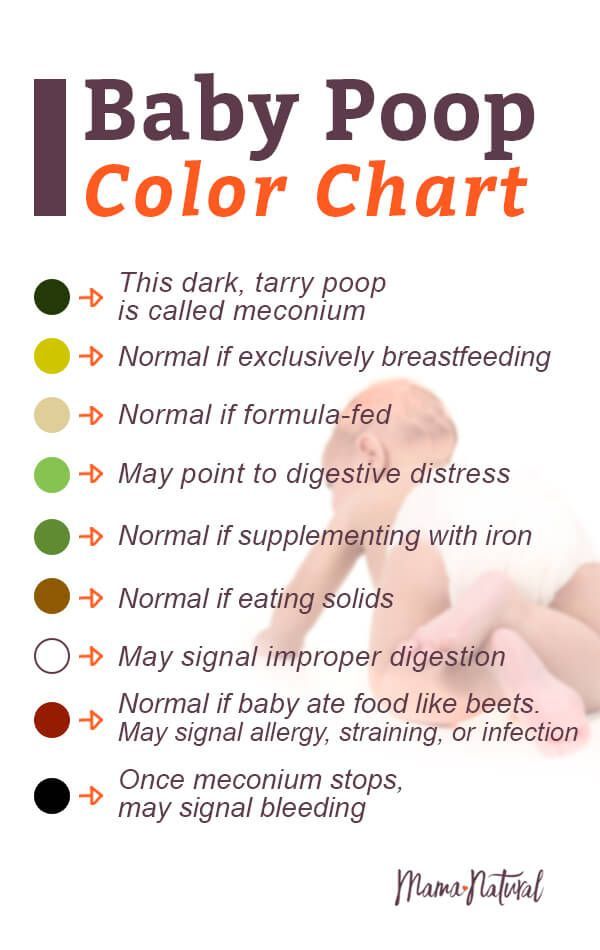
Watch for signs that your baby is hungry or full. Respond to these cues and let your baby stop when full. A baby who is full may suck with less enthusiasm, stop, or turn away from the bottle.
Why Does My Baby Seem Hungrier Than Usual?
As babies grow, they begin to eat more at each feeding and can go longer between feedings. Still, there may be times when your little one seems hungrier than usual.
Your baby may be going through a period of rapid growth (called a growth spurt). These can happen at any time, but in the early months are common at around:
- 7–14 days old
- between 3–6 weeks
- 4 months
- 6 months
During these times and whenever your baby seems especially hungry, follow their hunger cues and continue to feed on demand, increasing the amount of formula you give as needed.
Is My Baby Eating Enough?
At times, you may wonder whether your baby is getting enough nutrients for healthy growth and development.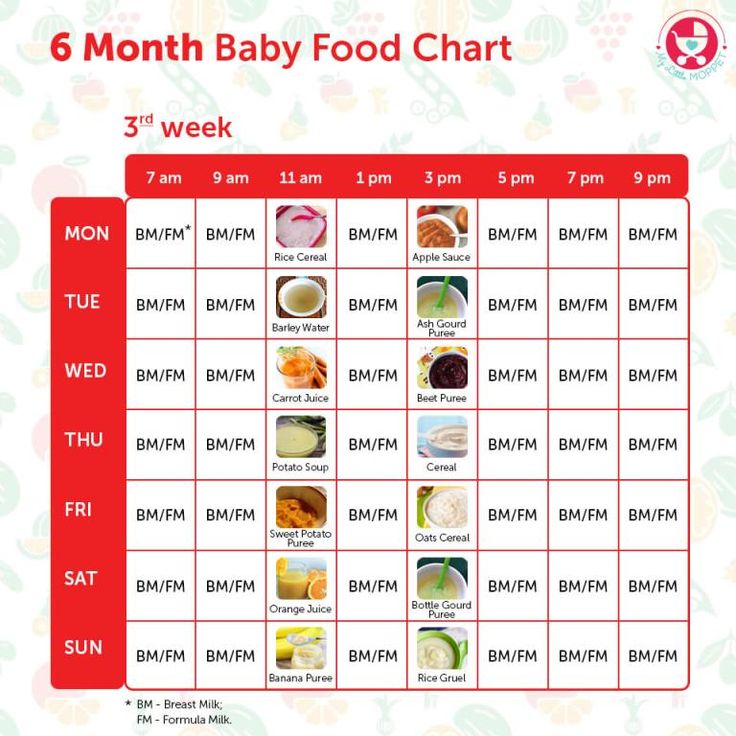 Babies who get enough to eat seem satisfied after eating and are regularly peeing and pooping.
Babies who get enough to eat seem satisfied after eating and are regularly peeing and pooping.
At your baby’s checkups, the doctor will review your baby’s growth chart, track your little one’s development, and answer any questions. Talk to your doctor if you have any concerns about your baby’s feeding and nutrition.
Reviewed by: Mary L. Gavin, MD
Date reviewed: November 2021
Bottle-Feeding (Formula) Questions
Is this your child's symptom?
- Formula and bottle-feeding questions
Topics Covered for Formula Feeding
If your baby is healthy, skip the "What to Do" section. Go directly to the topic number that relates to your question for advice:
- Types of formulas
- Switching formulas and milk allergies
- Powdered versus liquid formulas
- Whole cow's milk, 2%, 1% and skim milk
- Vitamins and iron
- Water to mix with the formula
- Extra water
- Amounts: how much per feeding?
- Schedules or frequency of feedings
- Length of feedings
- Night feedings: how to eliminate?
- Formula temperature
- Formula storage
- Cereals and other solids
- Burping
- Baby bottle tooth decay
- Traveling
- Nipples and bottles
- Normal stools
- Breast discomfort
When to Call for Bottle-Feeding (Formula) Questions
Call 911 Now
- Can't wake up
- Not moving or very weak
- You think your child has a life-threatening emergency
Call Doctor or Seek Care Now
- Age less than 1 month old and looks or acts abnormal in any way
- Dehydration suspected.
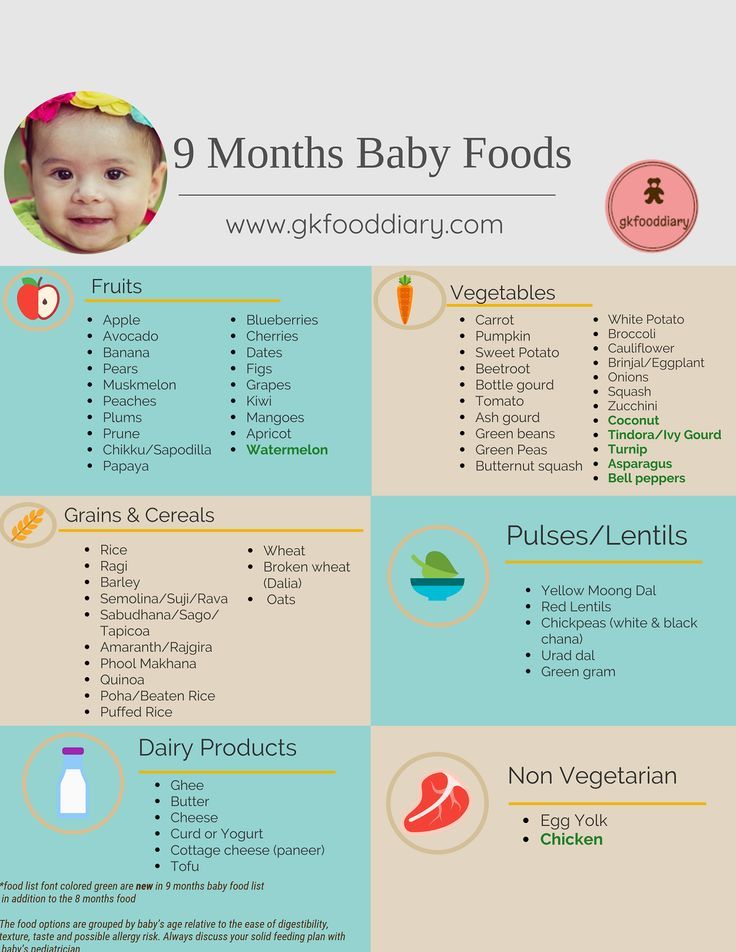 No urine in more than 8 hours, dark urine, very dry mouth and no tears.
No urine in more than 8 hours, dark urine, very dry mouth and no tears. - Will not drink or drinks very little for more than 8 hours
- Fever in baby less than 12 weeks old. Caution: do NOT give your baby any fever medicine before being seen.
- Your child looks or acts very sick
- You think your child needs to be seen, and the problem is urgent
Contact Doctor Within 24 Hours
- Does not seem to be gaining enough weight
- You think your child needs to be seen, but the problem is not urgent
Contact Doctor During Office Hours
- You have other questions or concerns
Self Care at Home
- Bottle-feeding question about a healthy baby
Seattle Children's Urgent Care Locations
If your child’s illness or injury is life-threatening, call 911.
- Bellevue
- Everett
- Federal Way
- Seattle
Care Advice for Bottle (Formula) Feeding
- Types of Formulas:
- Milk-protein formulas, soy-protein formulas, and hydrolysate formulas
- Soy formulas don't contain lactose or cow's milk protein.
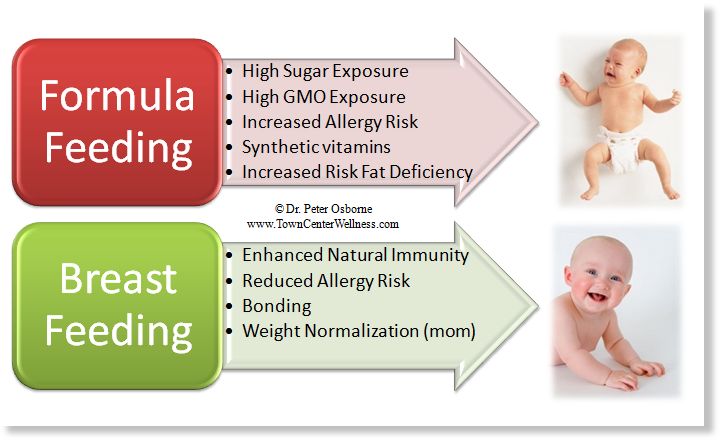 Currently, 20% of infants in the U.S. are fed soy formula. Often, switching to soy is not done with a valid reason.
Currently, 20% of infants in the U.S. are fed soy formula. Often, switching to soy is not done with a valid reason. - Hydrolysate formulas mean the protein is broken down. These are advised when children are sensitive to both soy and milk protein.
- Switching Formulas and Milk Allergies:
- Switching from one milk-based formula to another is not helpful for any symptom. It is also not harmful.
- Switching from milk formula to soy formula is sometimes helpful for severe diarrhea. This may occur from temporary low lactase levels. It may also be used for those families who are vegetarian.
- Switching from milk formula to soy is sometimes helpful for cow's milk allergy. A cow's milk allergy occurs in 1-2% of infants. Most often, protein hydrolysate formulas (such as Alimentum) are advised. This is because 15% of these infants are also allergic to soy protein.
- Switching formulas for frequent crying, spitting up or gas is rarely helpful.
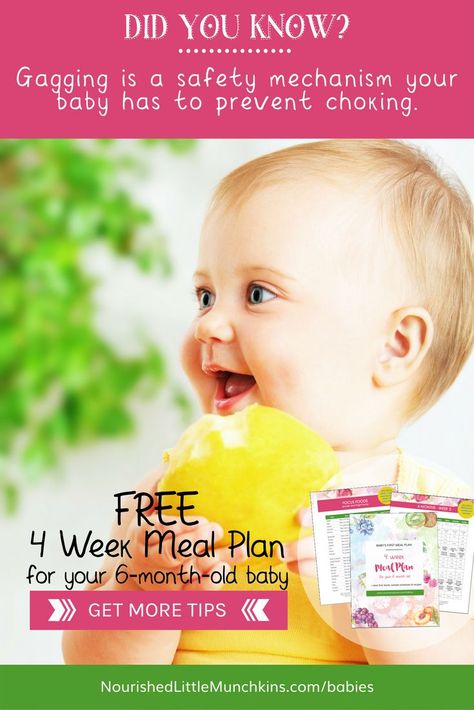
- Don't switch formulas without talking with your child's doctor.
- Powdered versus Liquid Formulas:
- Formulas come in 3 forms: powder, concentrated liquid and ready-to-feed liquid.
- Concentrated formulas are mixed 1:1 with water.
- Ready-to-feed formulas do not need any added water.
- Powdered formulas are mixed 2 ounces (60 mL) of water per each level scoop of powder. Never add extra water because dilute formula can cause a seizure.
- Powdered formula costs the least. Ready-to-feed formula costs the most.
- Powdered formula is the easiest to use to supplement breastfeeding.
- Ready-to-feed formula is the easiest to use for traveling.
- Whole Cow's Milk, 1%, 2% and Skim Milk:
- Cow's milk should not be given to babies before 12 months of age. Reason: raises risk of iron deficiency anemia.
- Skim milk (fat free milk), 1% low fat milk or 2% milk should not be used before 2 years.
 Reason: the fat content of whole cow's milk (3.5%) is required. It is needed for rapid brain growth.
Reason: the fat content of whole cow's milk (3.5%) is required. It is needed for rapid brain growth.
- Vitamins and Iron:
- For all infants, use a formula that has iron in it. This helps to prevent iron deficiency anemia.
- The iron amount in iron-fortified formulas is too small to cause any symptoms. Iron in formulas does not cause constipation or diarrhea.
- Iron-fortified formulas contain all the vitamins and minerals needed.
- Extra vitamins are therefore not needed for infants taking formula.
- Fluoride. Babies no longer need to take fluoride drops. Reason: the fluoride in toothpaste works very well. For children at high risk for tooth decay, your dentist may use fluoride varnish.
- Water to Mix With the Formula:
- Most city water supplies are safe for making 1 bottle at a time. Run the cold tap water for 1 minute. Don't use warm tap water. Reason: to avoid potential lead exposure.
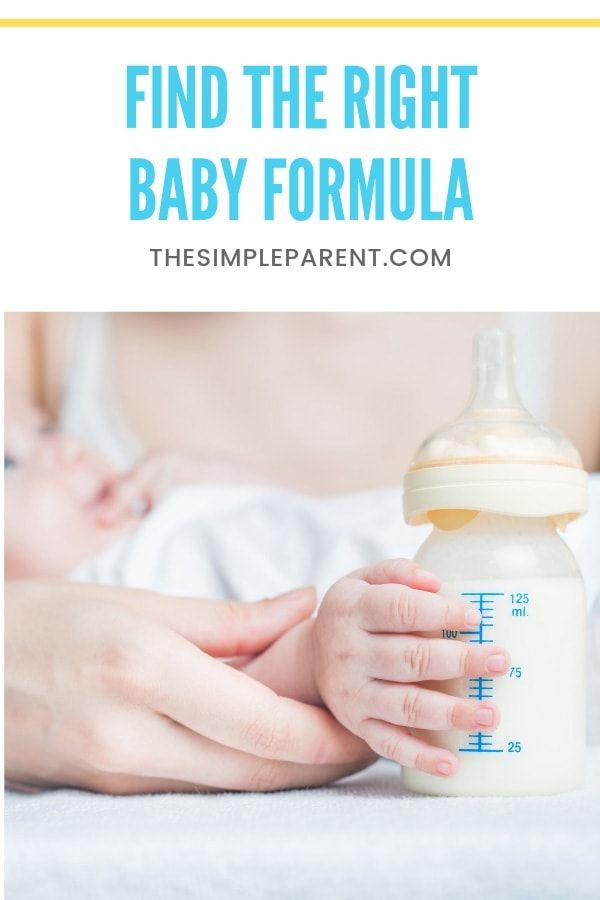 Heat cold water to desired temperature. Add this to powder or formula concentrate.
Heat cold water to desired temperature. Add this to powder or formula concentrate. - Exceptions:
- Untested well water or
- City water with recent contamination or
- Developing countries with unsafe water supply or
- Your child has decreased immunity.
- For these conditions, use distilled water, bottled water, or filtered tap water.
- Another option is to use city water or well water that has been boiled. Boil for 10 minutes. Add 1 extra minute per each 1,000 feet (305 meters) of elevation.
- Bottled water costs more than distilled water.
- If making a batch of formula, distilled, bottled or boiled water is needed.
- Most city water supplies are safe for making 1 bottle at a time. Run the cold tap water for 1 minute. Don't use warm tap water. Reason: to avoid potential lead exposure.
- Extra Water:
- Babies less than 6 months of age should not be given any extra water. Reason: regular formula is 85% water. Also, water can cause harm at this age.
- Infants older than 6 months of age can have some extra water. Reason: water may be needed after starting solid foods or if weather is very hot.
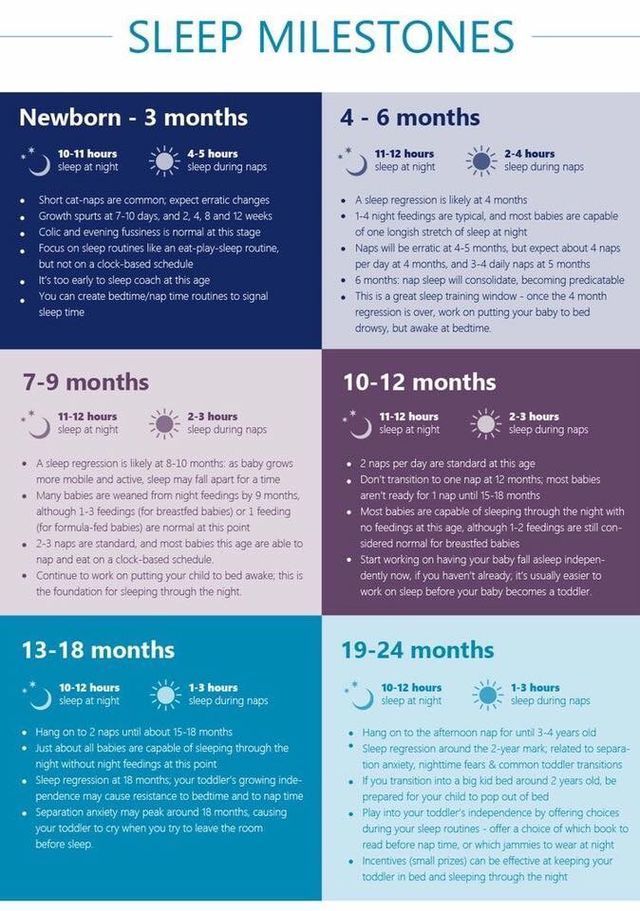 Safe at this age.
Safe at this age. - Limit water for infants age 6 to 12 months: don't give more than 4 ounces (120 mL) of extra water per day. On hot days, can give up to 8 ounces (240 mL) per day (AAP).
- Amounts - How Much Per Feeding: Newborn to 6 Months Old
- The average amount of formula that babies take per feeding is:
- Newborn: 1-2 ounces (30-60 mL) per feeding
- 1 month old: 3-4 ounces (90-120 mL) per feeding
- 2 months old: 5 ounces (150 mL) per feeding
- 4 months old: 6 ounces (180 mL) per feeding
- 6 months old: 7-8 ounces (210-240 mL) per feeding
- The amount can vary depending on the baby's weight and if the baby is going through a growth spurt.
- A baby's appetite varies throughout the day. If the infant stops feeding or loses interest, the feeding should be stopped.
- If healthy babies are not hungry at several feedings, increase the feeding interval.
- The most amount of formula advised per day is 32 ounces (1 liter).
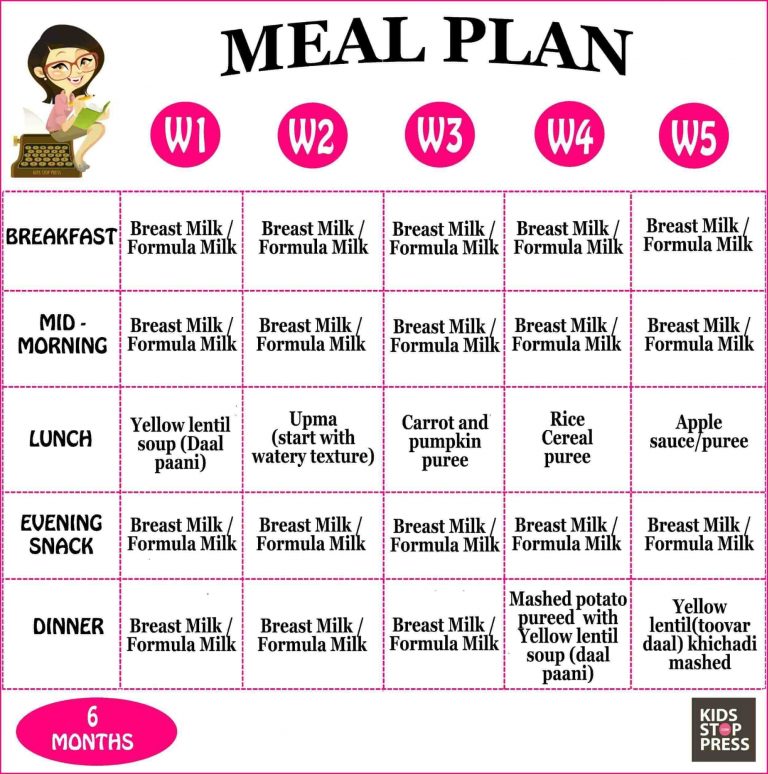
- Over-feeding can cause vomiting, diarrhea or too much weight gain.
- If your baby needs over 32 ounces (1 liter), talk to your doctor about starting solids.
- Get rid of any formula left in bottle at end of each feeding. Do not reuse this leftover formula. Reason: contains germs that can grow.
- Frequency of Feedings (Schedules): Babies mainly need to be fed when they are hungry. If your baby is fussy and it's been more than 2 hours, feed him. Some guidelines are listed below:
- From birth to 3 months of age, feed every 2 to 3 hours.
- From 3 to 9 months of age, feed every 3 to 4 hours.
- Infants often set their own schedule by 1 to 2 months of age.
- Length of Feedings:
- Feedings shouldn't take more than 20 minutes.
- If the feeding is prolonged, check the nipple to be sure it isn't clogged.
- A clean nipple should drip about 1 drop per second. Check this when the bottle of formula is turned upside down.

- Night Feedings - How to Get Rid of Them:
- Most newborns need to be fed at least twice each night.
- Most formula-fed babies give up night feedings by 4 months of age. The tips below can help your baby sleep for longer stretches during the night:
- Keep daytime feeding intervals to at least 2 hours. Slowly stretch them to 3 hours.
- During daytime, your baby shouldn't sleep for more than 3 hours at a time. If your baby naps longer than that, wake him for a feeding.
- Place your baby in the crib drowsy but awake. Don't bottle-feed or rock until asleep.
- Make middle-of-the-night feedings brief and boring compared to daytime feedings. Don't turn on the lights or talk to your child. Feed him rather quickly.
- Formula Temperature:
- Most babies like formula at body temperature.
- In the summertime, some infants prefer formula that's cooler.
- In the wintertime, some prefer warm formula.
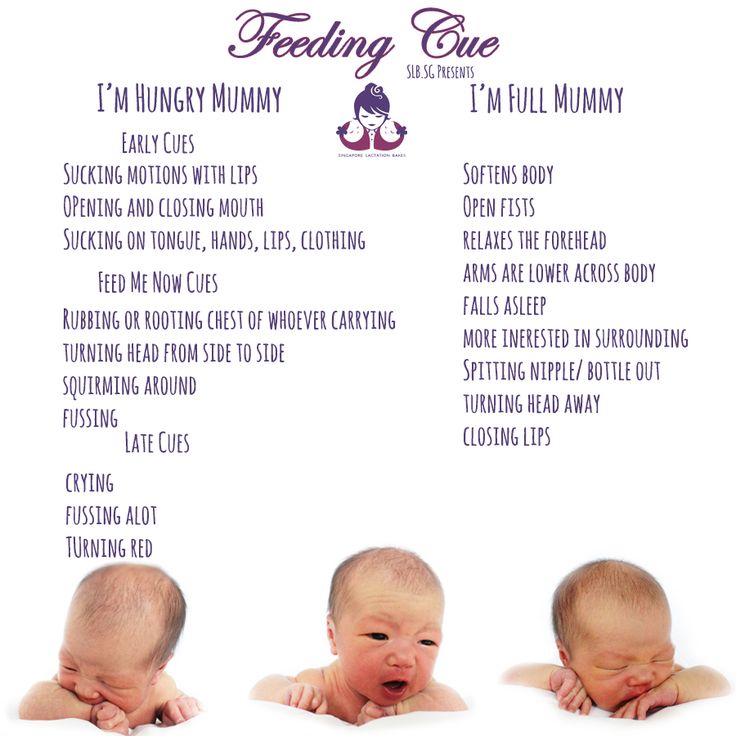
- The best temperature is the one your infant prefers. Either way, there's no health risk involved.
- Just make sure the formula is not too hot. Reason: it can burn your baby's mouth.
- Formula Storage:
- If you can, make your child's formula fresh for each feed. However, if formula needs to be made ahead of time:
- Prepared formula should be stored in the refrigerator. It must be used within 24 hours.
- Open cans of formula should also be kept in the refrigerator. They should be covered and used within 24 hours.
- Prepared formula left at room temperature for more than 1 hour should be discarded.
- Leftover used formula should always be tossed. Reason: contains germs that can grow.
- Cereals and Other Solids:
- Bottle-fed infants should be started on baby foods around 6 months of age. First baby foods can be cereals and/or fruit.
- Starting before 6 months is not needed.
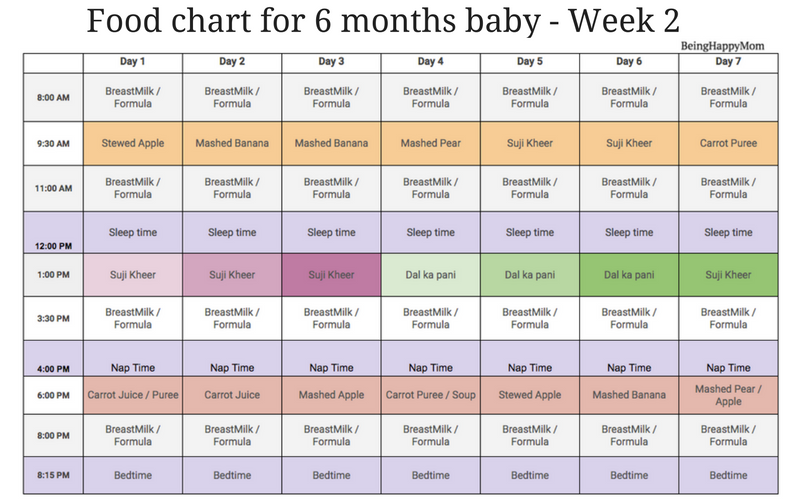 Starting before 6 months makes feedings messier and longer. Early use of solids can also cause gagging.
Starting before 6 months makes feedings messier and longer. Early use of solids can also cause gagging. - Solids don't increase sleeping through the night for bottle-fed infants.
- Delaying solids past 9 months of age is not advised. The delay runs the risk that your infant will refuse solids.
- Burping:
- It is not harmful if a baby doesn't burp.
- Burping is an option, but not required.
- It can decrease spitting up, but it doesn't lessen crying.
- Burping can be done twice per feeding, once midway and once at the end.
- If your baby does not burp after 1 minute of patting, it can be stopped.
- Baby Bottle Tooth Decay:
- Some older infants and toddlers are used to a bottle before sleeping.
- Falling asleep with a bottle of milk or juice can cause severe tooth decay.
- Prevent this bad habit by not using the bottle as a pacifier. Also, do not use the bottle as a security object.
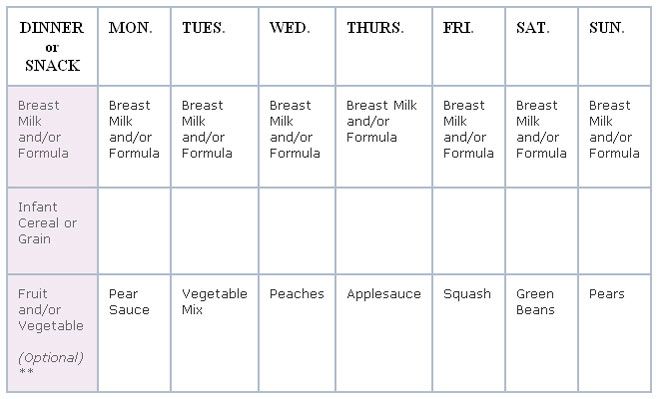
- If you cannot stop the bottles, fill it with water. Use water instead of formula or milk at bedtime.
- Traveling:
- Use bottles of ready-to-feed formula (most expensive).
- Or mix formula ahead of travel and carry in a cold insulated container.
- Or use powered formula. Put the required number of scoops in a bottle. Carry clean water in a separate bottle. Mix before each feeding.
- Nipples and Bottles:
- Any nipple/bottle products are fine.
- It is not necessary to sterilize bottles or nipples. Wash them with soap and water. Rinse them thoroughly.
- It is also safe to wash bottles and nipples in the dishwasher.
- Formula-fed Stools, Normal:
- Meconium Stools are dark greenish-black, thick and sticky. They normally are passed during the first 3 days of life.
- Transitional Stools are a mix of meconium and milk stools.
 They are greenish-brown and looser. They are passed day 4 to 5 of life.
They are greenish-brown and looser. They are passed day 4 to 5 of life. - Normal Milk Stools without any meconium are seen from day 6 on.
- Formula-fed babies pass 1 to 8 stools per day during the first week. Then it starts to slow down to 1 to 4 per day. This lasts until 2 months of age.
- The stools are yellow in color and thick like peanut butter. Green stools are also normal (usually caused by bile).
- After 2 months of age, most babies pass 1 or 2 stools per day. They can also pass 1 every other day. They are soft and solid.
- Breast Discomfort in Bottle-feeding Mothers:
- Even though you chose not to breastfeed, your breasts will make milk. Breast milk comes in on day 2 or 3. Swollen breasts can be painful for a few days. Here is what to do:
- Ibuprofen. Take 400 mg of ibuprofen (such as Advil) 3 times per day. This will help to lessen pain and swelling. There's no special prescription medicine for this.
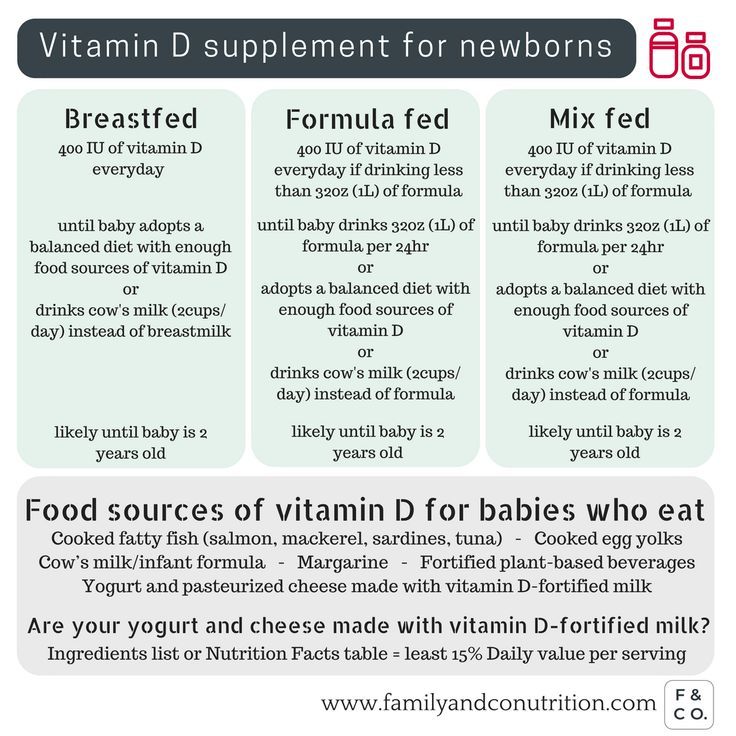
- Cold Pack. Use a cold pack or ice bag wrapped in a wet cloth. Put it on your breasts for 20 minutes. Do this as often as needed. This will decrease milk production. Do not use heat. Heat will increase milk production.
- Pumping. For moderate pain, hand express or pump off a little breast milk. This will help to reduce your pain. Pumping breast milk can increase milk production. But, doing this to take the edge off your discomfort is not harmful.
- Bra. Wear a bra that offers good breast support or a sports bra. Wear it 24 hours a day.
- Binding. Binding the breasts by wearing a tight bra is no longer advised. Binding by using an elastic wrap is also not advised. Binding can increase the risk of breast infections (mastitis).
And remember, contact your doctor if your child develops any of the 'Call Your Doctor' symptoms.
Disclaimer: this health information is for educational purposes only.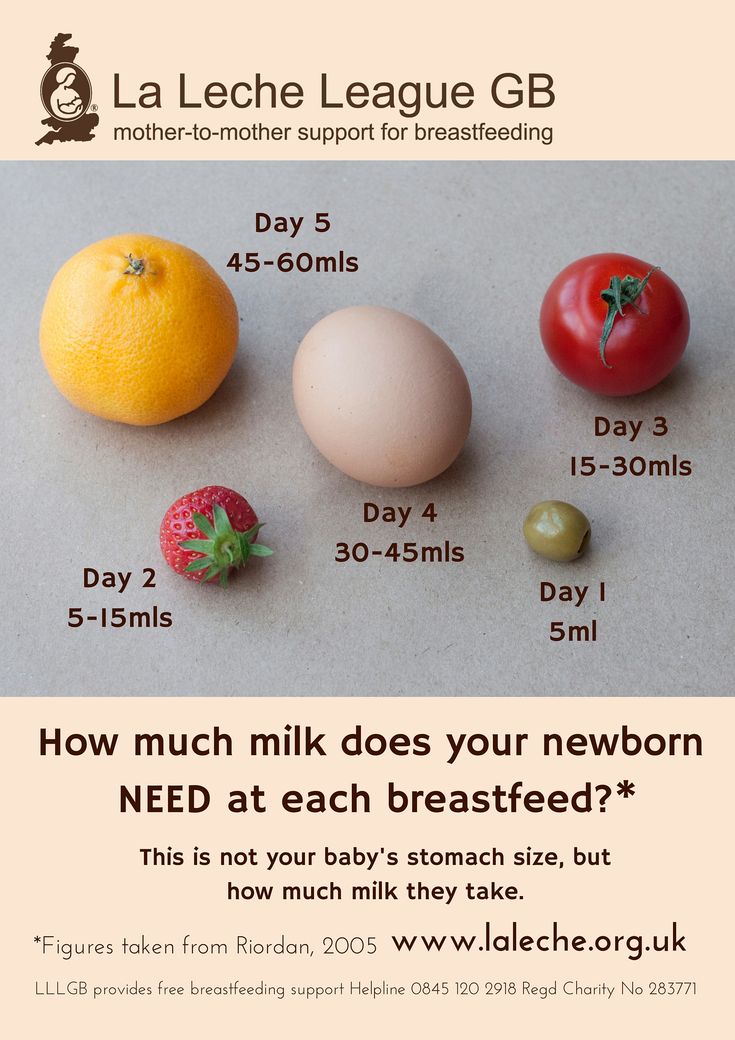 You, the reader, assume full responsibility for how you choose to use it.
You, the reader, assume full responsibility for how you choose to use it.
Last Reviewed: 02/06/2023
Last Revised: 12/30/2022
Copyright 2000-2023. Schmitt Pediatric Guidelines LLC.
what and how to feed a newborn at home
The daily amount of food for a child at 2 months
By two months the child has to learn a lot - to hold his head, distinguish between the voices of mom and dad, grow 3-4 centimeters and gain about 800 grams of weight Therefore, the baby must receive adequate nutrition. The daily amount of food for a child directly depends on what kind of feeding he is on. For example, when breastfeeding, the volume of milk may change over time, but the baby will be full. You should also not worry about the number of feedings - just put the baby to the chest at his first request.
With artificial feeding, it is necessary to know when to stop. The daily volume of the mixture for a two-month-old is 800-850 ml of the mixture, which must be divided into 6-7 feedings with a three-hour interval.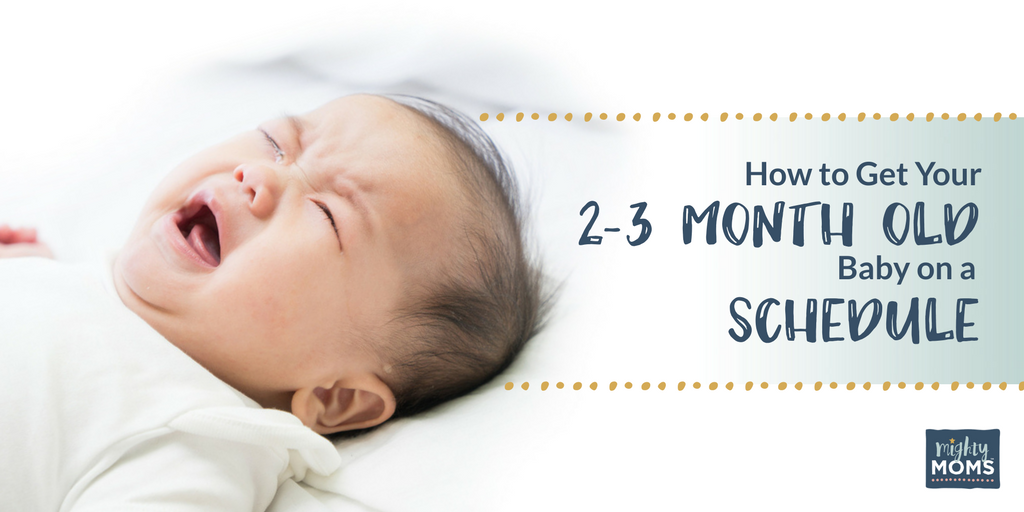
What to feed a child at 2 months
At two months, the child still needs only mother's milk, and no complementary foods or water supplements. If for some reason the mother cannot breastfeed the baby, or there is not enough milk, the child is transferred to artificial or mixed feeding.
Breastfeeding
All paediatricians and breastfeeding specialists agree that nature has not invented anything better than mother's milk for feeding a baby. It is in breast milk that contains not only vitamins, minerals and other trace elements necessary for the healthy growth and development of the child, but also immunoglobulins that help to form and strengthen the baby's immunity. Surprisingly, breast milk can change its composition throughout the day and is produced exactly in the amount that the baby needs. Experts note that a breastfed baby is less likely to get colds, he has no digestive problems, and allergies and dermatitis rarely appear. Breastfeeding helps the child establish a special contact with the mother, forms a strong relationship between them.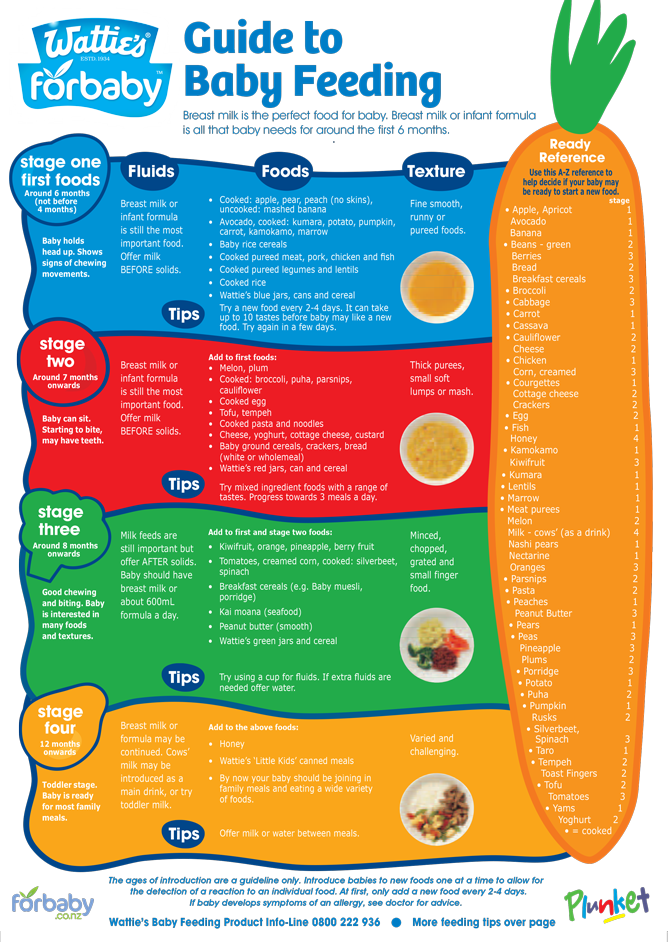 It has been proven that breastfed babies sleep better and more soundly at night and do not act up during the day.
It has been proven that breastfed babies sleep better and more soundly at night and do not act up during the day.
— The main principle of breastfeeding at two months is to put your baby to the breast as often as possible at his first request, so you will keep lactation for many months. Try to alternate breasts during feedings to avoid congestion and lactostasis. Also, do not forget about hygiene - wash your breasts with warm boiled water before and after feeding, and use a special healing ointment for cracked nipples, advises pediatrician, breastfeeding specialist Dina Nauruzova .
Photo: pexels.com, Sarah Chai How do you know if your baby is getting enough breast milk? If a child behaves calmly during feeding, does not act up, and between feedings does not burst into hungry crying, then mother's milk is enough for him. Remember that by the age of two months, the baby's feeding regimen has not yet developed, so he may ask for a breast often, sometimes just to calm down.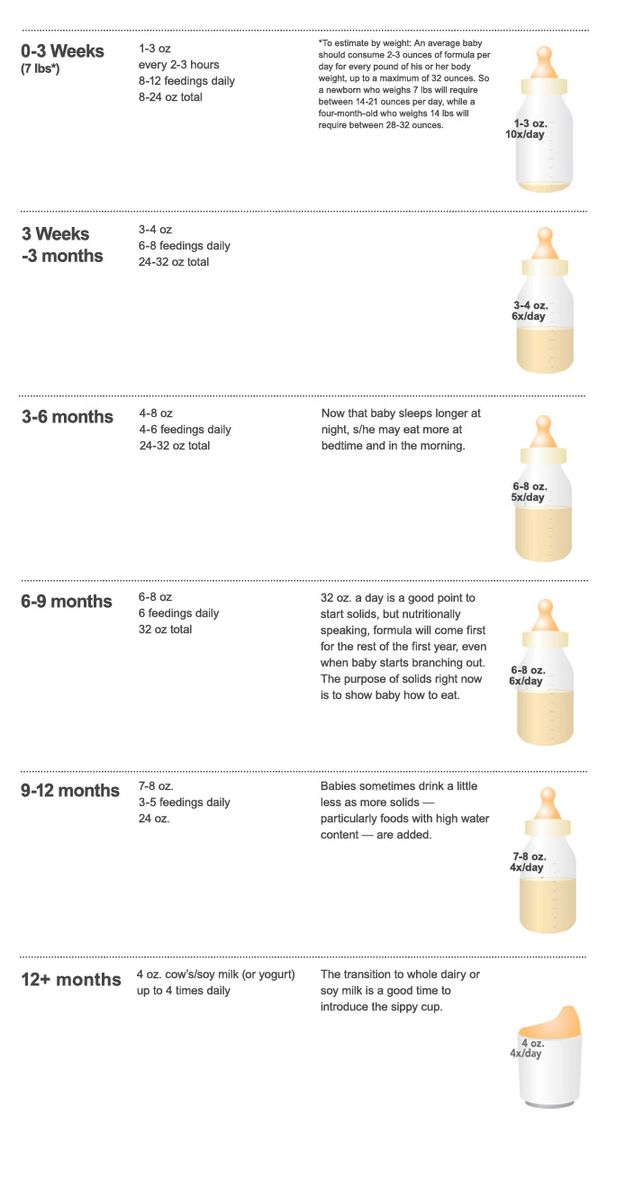
In addition, every month at the appointment, the pediatrician conducts a control weighing of the child, which will also show whether the child is getting enough milk.
Find out more
Artificial feeding
If, for some reason, the mother cannot breastfeed her baby (for example, she is sick and takes medication, or she has no milk), then the baby is transferred to artificial feeding. Of course, not a single mixture, even the most expensive one, can replace mother's milk, but thanks to modern technologies, mixtures are now as close as possible in composition to breast milk.
When choosing formula, it is best to consult your pediatrician first. In general, mixtures are of three types: conventional (for healthy children), therapeutic (with frequent colic and regurgitation, for premature babies) and hypoallergenic. The last two types are prescribed by the pediatrician after examining the child.
Because even expensive formula takes longer to digest than breast milk, a two-month-old baby's feeding regimen should be on schedule, with respect to 3-4 hour intervals.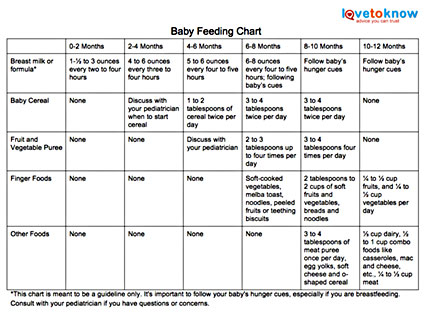 Approximately 6-7 feedings are required per day, and the volume of a single portion of the mixture is 120-150 ml.
Approximately 6-7 feedings are required per day, and the volume of a single portion of the mixture is 120-150 ml.
- Do not worry if the child has not finished his formula, then he is not hungry. And even more so, you don’t need to force him to finish eating, otherwise his tummy will hurt or he will start spitting up, the pediatrician explains. – And remember, when a baby cries, it doesn't mean that he is necessarily hungry. He may have something to hurt, he is cold or hot, or the baby is simply looking for maternal warmth.
Experts also remind that when bottle-fed, the baby needs to be supplemented with clean water, which is offered to him between feedings. The child will drink as much as he needs, it is not worth forcing him to drink.
Do not forget about the important rules of artificial feeding: the mixture must be prepared immediately before feeding, it cannot be stored for a long time even in the refrigerator. Bottles and nipples should be carefully sterilized and matched to the age of the child.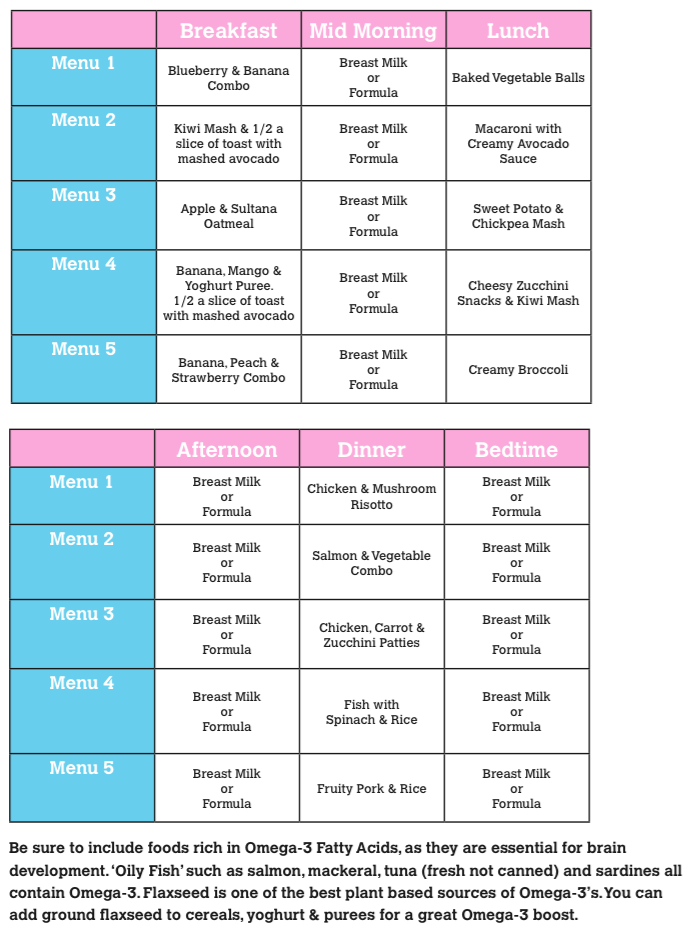 The mixture must be diluted, strictly following the instructions on the package. Before feeding the baby, be sure to drip the mixture on your wrist so as not to burn the baby. Make sure that the mixture does not pour in a jet, otherwise the child may choke.
The mixture must be diluted, strictly following the instructions on the package. Before feeding the baby, be sure to drip the mixture on your wrist so as not to burn the baby. Make sure that the mixture does not pour in a jet, otherwise the child may choke.
Mixed feeding
Mixed feeding is used when the baby is not full of breast milk, because there are problems with lactation, or the mother has to be away often, and then the baby is supplemented with formula or expressed milk.
— Sometimes mothers think that their baby is not full, and they decide to supplement with formula on their own. This is wrong, you need to show the child to the pediatrician, who, at the control weighing, will conclude whether he is underweight, and hence the need for supplementary feeding, the pediatrician advises.
There are several options for supplementary feeding: supplementary feeding with expressed breast milk (well suited when the mother needs to go somewhere), donor breast milk (this is more difficult, since breast milk donation in Russia is still poorly developed, and an independent search for a wet nurse is undesirable - you you don’t know for sure if she has any health problems), or infant formula.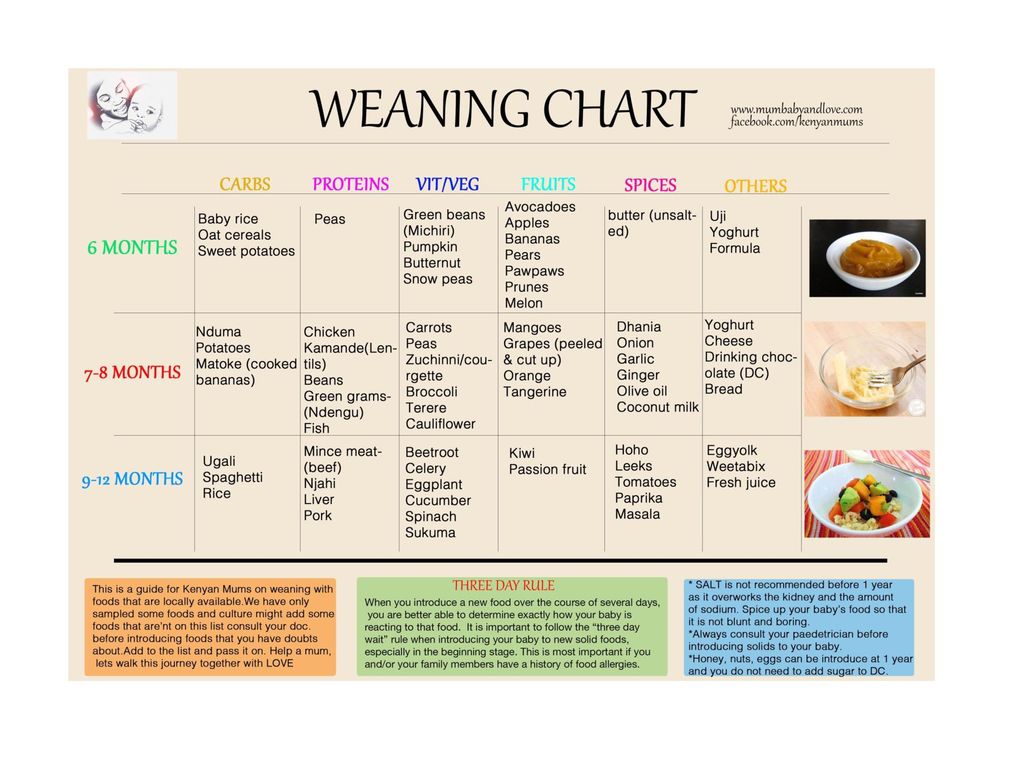
With mixed feeding, a two-month-old baby continues to be breastfed at his first request so that milk production does not stop at all, and one or two feedings are replaced by formula. Experts advise supplementing the baby with a syringe or spoon so that he does not prefer the bottle of the mother's breast. Whenever possible, you should try to return to natural breastfeeding, abandoning the mixture.
WHO Feeding Guidelines
The World Health Organization considers breastfeeding to be the ideal nutritional option for babies up to 6 months of age. According to experts, receiving a sufficient amount of mother's milk, up to six months the baby does not need any complementary foods or additional water. WHO also recommends that the baby be breastfed immediately after birth and that mother and baby be placed in the same room together. It is worth continuing breastfeeding for up to two years, because, contrary to speculation, mother's milk does not become “empty”, but adapts to the growing baby, providing him with the necessary vitamins, minerals and other useful substances.
WHO recommends that the first complementary foods should be introduced no earlier than 6 months, provided that the child is healthy and develops according to age norms. If you are underweight, complementary foods may be introduced a little earlier.
Recommendations of the Union of Pediatricians of Russia on feeding
The Union of Pediatricians of Russia is in solidarity with colleagues from WHO and calls breastfeeding the most natural and physiological nutrition for a child in the first year of life. According to experts, it is breast milk that plays an important role in the prevention of acute and chronic childhood infections, reduces the risk of otitis media, gastrointestinal disorders, infectious diseases of the respiratory system, and even non-specific ulcerative colitis and Crohn's disease.
Photo: pexels.com, RODNAE Productions The Union of Pediatricians of Russia recommends not giving children from birth to six months (except for medical indications) any food or liquid other than breast milk.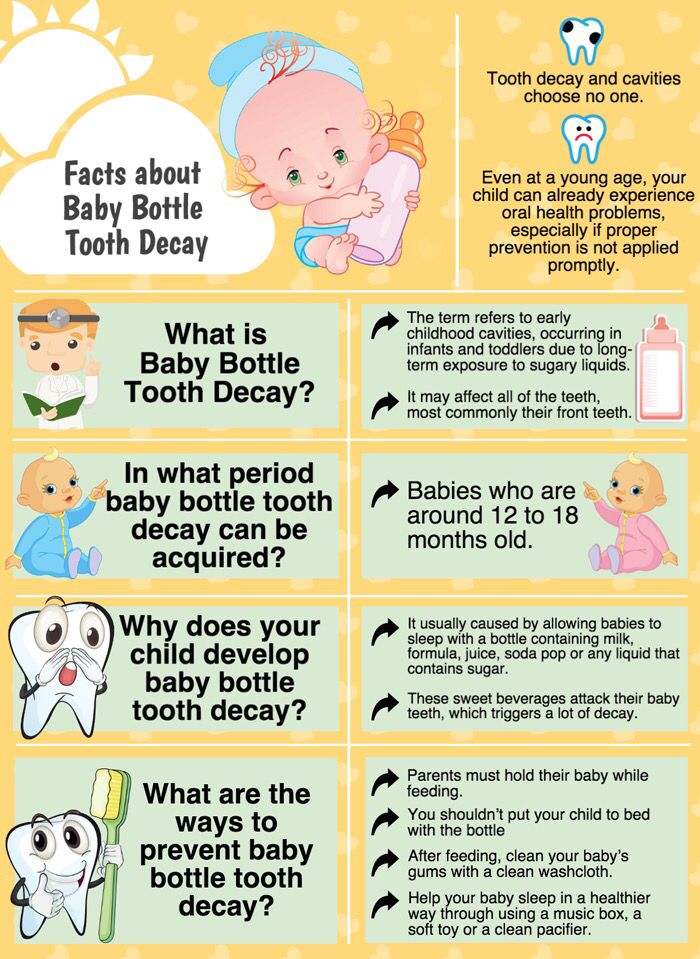 Also, doctors in the children's clinic should help the mother, if she has any questions about the organization of breastfeeding, explain the importance of this particular method of feeding, and only in case of emergency, choose the mixture.
Also, doctors in the children's clinic should help the mother, if she has any questions about the organization of breastfeeding, explain the importance of this particular method of feeding, and only in case of emergency, choose the mixture.
Frequently Asked Questions
How to start weaning?
— At two months, it is still too early for a baby, whether breastfed or formula-fed. In the old pediatric system, the introduction of juices at 2 months was practiced, but modern doctors assure that at this age, even for the juice of the gastrointestinal tract, the baby has not yet matured. If a child receives plenty of mother's milk, he does not need any complementary foods up to 6 months, and modern mixtures provide the child with all the necessary microelements, - explains pediatrician Dina Nauruzova.
How to prepare a diet for a child?
— At two months of age, the baby does not require any other food than breast milk or formula. Everything is simple: breastfeeding at the first request of the child, artificial feeding according to the schedule, the specialist clarifies.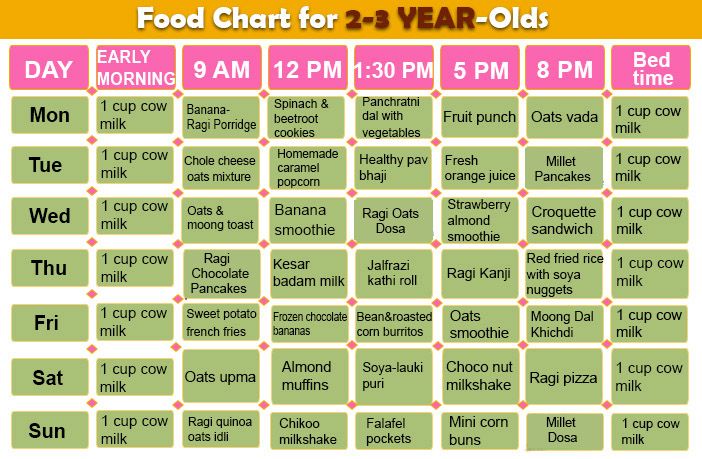
What can mom eat during this period?
- If a mother is breastfeeding, then it is worth paying close attention to her diet, since many foods that get into breast milk can cause allergies or bloating. Also, the mother's diet should be varied and balanced. Lean meats are suitable: rabbit, turkey, chicken, beef, boiled or stewed green vegetables. At the same time, it is better to refuse cabbage, it can cause colic, and vegetables of bright colors can provoke an allergy. Allowed cereals, dairy products, mild cheese, cottage cheese. Apples - better baked, bananas, pears. Baking is better homemade, because the store may contain preservatives and dyes. Of course, no alcohol, nicotine, purchased "chemical" juices and carbonated drinks. In general, you should not limit yourself in everything and choke on boiled chicken breast and buckwheat. Everything is possible - the main thing is a little bit and be sure to monitor the reaction of the baby. It is better to keep a food diary and write down everything eaten there - it will be easier to track the product that caused colic or allergies in the baby, advises Dina Nauruzova.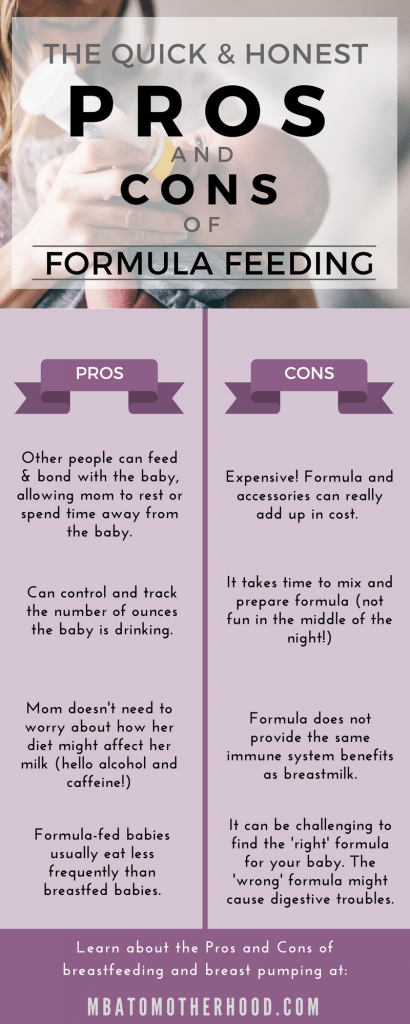
How can you tell if your baby is getting enough milk?
— Some mothers, having heard the cry of the baby, run to feed him as soon as possible, but the child cries not only when he is hungry. He may be hot or cold, in pain, or he does not want to lie alone, and he expresses all his needs through crying. If the child, even after feeding, continues to move his head, as if looking for a breast or a bottle, smacks his lips, tries to suck his own fists, most likely he is hungry. You can also understand that a child has enough milk if he has regular urination. And of course, control weighing at the pediatrician - if the child receives enough milk, he steadily gains weight, - the specialist explains.
Should the baby be given water during the heat?
- In general, it is not necessary to supplement the child with water if he is breastfed, but if he is on a mixture, then between feedings you can supplement him with a spoon or syringe. It is also necessary to solder if the temperature in the room is above +24 degrees, otherwise dehydration may occur.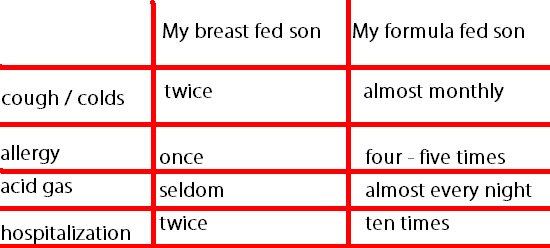 As for the common myth that when hiccups, the baby must be given water, then if the hiccups do not bother the child all the time, then you can generally wait until it passes on its own, the pediatrician clarifies.
As for the common myth that when hiccups, the baby must be given water, then if the hiccups do not bother the child all the time, then you can generally wait until it passes on its own, the pediatrician clarifies.
How much formula should a child eat?
Tiunova Elena
Published: 01/16/2023
Reading time: 6 min
4869
The breastfed child largely regulates the amount of food and the frequency of feeding. In the first month of life, he receives breasts on demand, and then a more or less stable diet is developed naturally. If for some reason the baby is deprived of breast milk and receives milk formula, then a free feeding schedule is impossible. The child eats according to the schedule, and the mother has to adhere to the recommended regimen.
How to tell if a child is full
Signs that a child is full are universal: good mood, sound sleep, regular stools.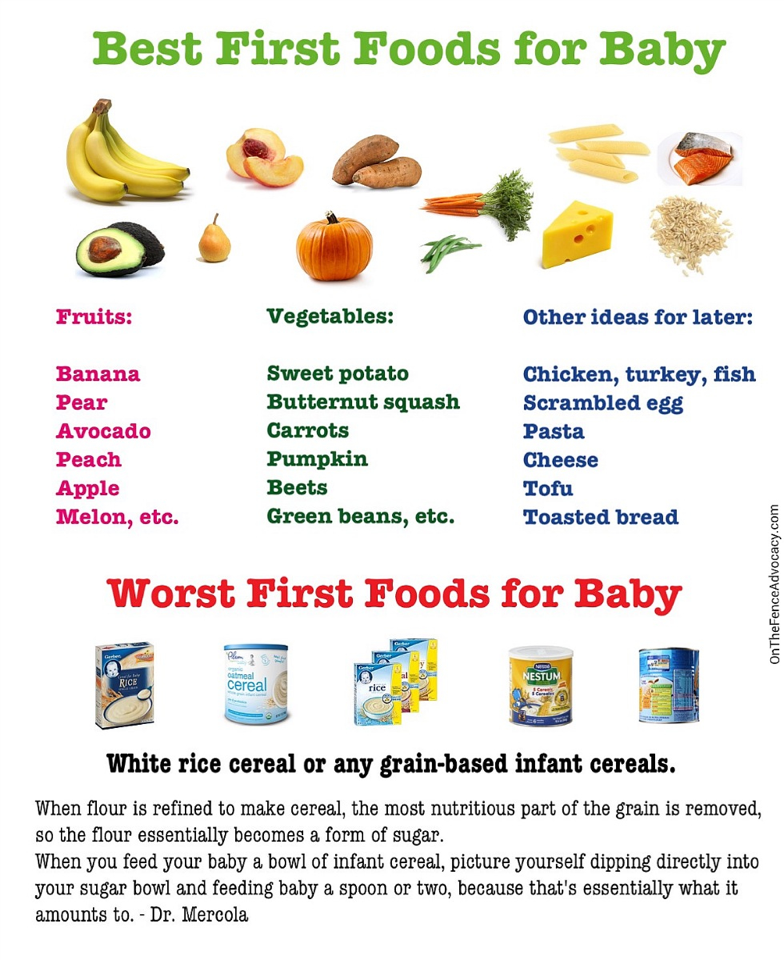
If we consider not the momentary condition of the child, but a longer period, then it is necessary to observe weight gain and skin condition. A baby who has enough nutrition will increase weight within the age norm - this will be assessed by the doctor during the control weighing. The baby's skin will be pink and firm.
Accordingly, a hungry child will worry, scream, cry, or may become lethargic and lethargic. He will rarely urinate and poop. A dry diaper for several hours is an alarming sign. Over time, the baby will begin to lag behind in weight, his skin may become pale, dry.
But do not rush to give a supplement if the child has drunk the formula and continues to grab the pacifier. Most likely, he ate, but did not satisfy the sucking reflex. Offer him a pacifier and watch for other signs: whether he will continue to worry, how his sleep will be. If you continue to doubt whether your baby is getting enough nutrition, check with your pediatrician.
How much formula should a child eat per month
A formula-fed newborn should receive formula every 2.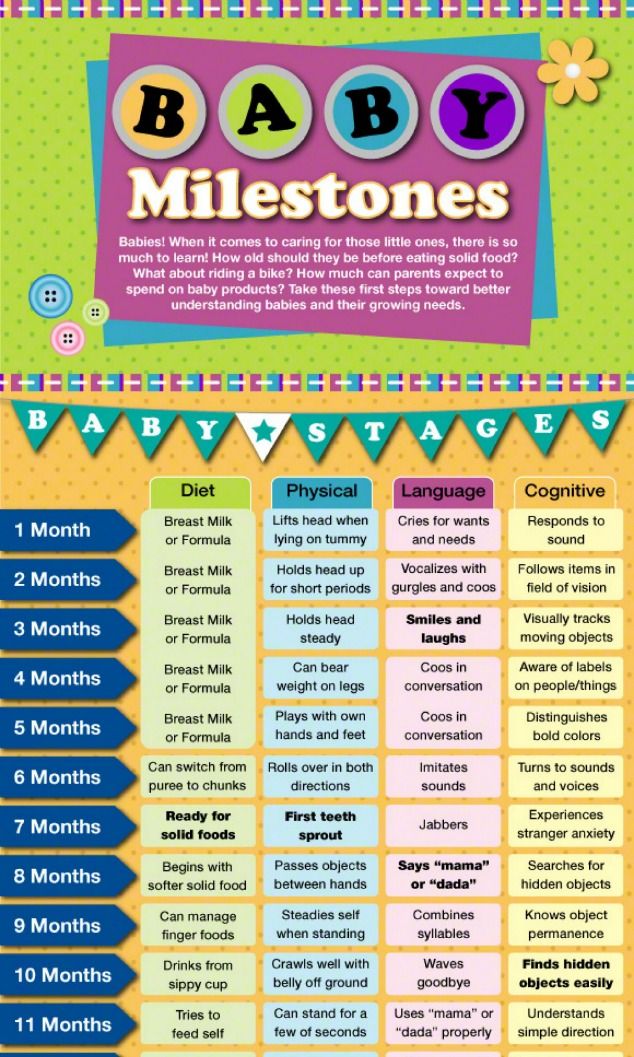 5-3 hours, that is, 8-10 times a day, including night feedings. The stomach of an infant in the first month of life is still too small to accommodate a large amount of food, so it is not recommended to take long night breaks between feedings at this age.
5-3 hours, that is, 8-10 times a day, including night feedings. The stomach of an infant in the first month of life is still too small to accommodate a large amount of food, so it is not recommended to take long night breaks between feedings at this age.
As for the volume of the mixture, it will depend not only on the age, but also on the weight of the baby.
In the first decade, that is, the first 10 days of life, the daily volume of the mixture is usually calculated as follows:
- if the baby's weight is less than 3 kg 200 g, then the number of days he lived is multiplied by 70;
- if the weight is more than 3 kg 200 g, then the age in days is multiplied by 80.
For example, a 6 day old baby weighs 3 kg 400 g. Multiply 6 x 80 = 480 ml. We divide this volume by the number of feedings. Let's say you feed your baby 8 times, which means that in one feeding he should receive 60 ml of the mixture.
For a child over 10 days old, the formula calculation algorithm changes.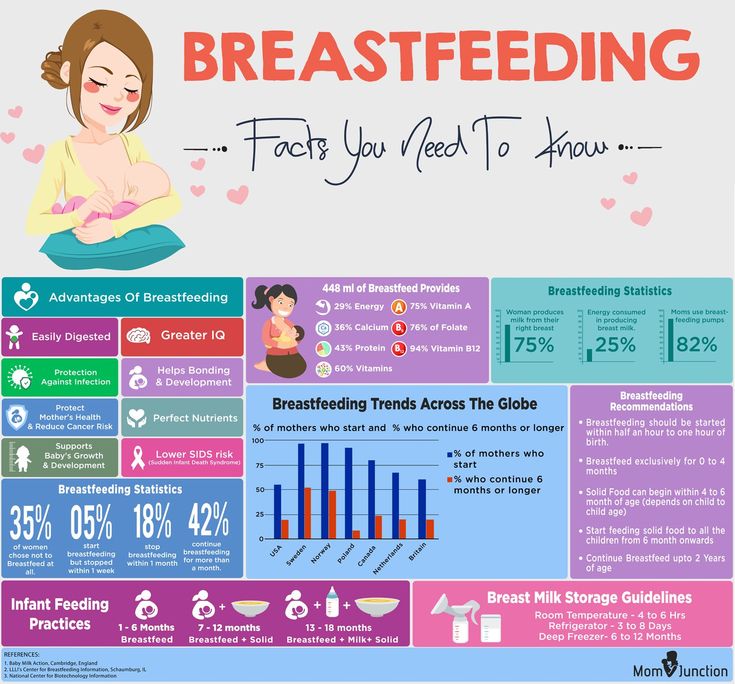
To calculate how much a child should eat mixtures per 1 month per day, you need to divide his body weight by 5. ⅕ of the child's body weight is the daily amount of food.
For example, the same baby gained 4 kg by the 25th day of life. Divide 4 kg by 5, we get 800. Therefore, if the child continues to receive formula 8 times a day, then his single portion will be 100 g.
How much formula should a child eat at 2 months
For a child of the second month of life, the same formula for formula calculation continues to apply: ⅕ of the weight is the daily volume. Divide by the number of feedings, we get a single serving.
In the third month, the number of feedings is reduced to 7-8. If the child ate 10 times, gradually transfer to 8 times, if 8, then to 7.
But when calculating how much the child should eat the mixture at 2 months and older, we use another formula. The daily volume of the mixture should now be ⅙ of the child's weight.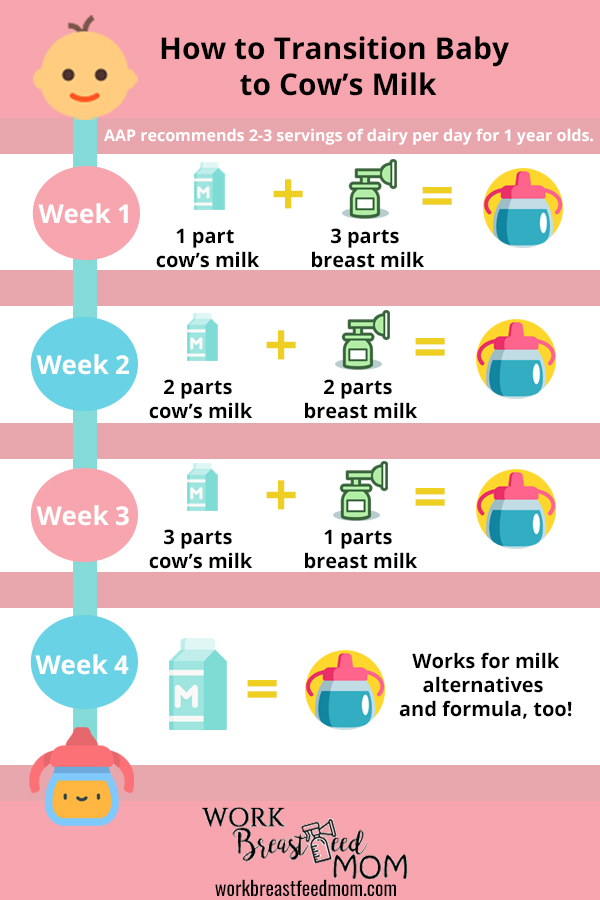 On average, this is 750 ml or more.
On average, this is 750 ml or more.
How much formula a baby should eat at 3 months
To determine how much formula a baby should eat at 3 months, you need to divide its weight by 6 again. For example, the weight of a child is 5 kg 400 g. 900 g.
The number of feedings at 3 months remains the same - 7-8 times. Let our conditional child eat 7 times a day. We divide 900 by 7, we get approximately 130 g of the mixture per feeding.
Formula Injection Chart
For ease of selection of the amount of formula depending on the age and weight of the child, you can use the following table*. It contains average data, but since all children are different, the doctor should clarify the nutritional norm for a particular child.
| Child's age | Ratio of food and body weight per day | Daily volume of formula in ml | Number of feedings |
|---|---|---|---|
| 10 days to 2 months | 1/5 | 700-850 | 8-10 |
| 2-4 months | 1/6 | 750-900 | 7-8 |
| 4-6 months | 1/7 | 850-1000 | 6 |
| Second half of life (6-12 months) | 1/8-1/9 | 950-1100 | 5-6 |
*calculation of the required amount of formula in this table is suitable for healthy full-term babies who are gaining weight and height in accordance with age.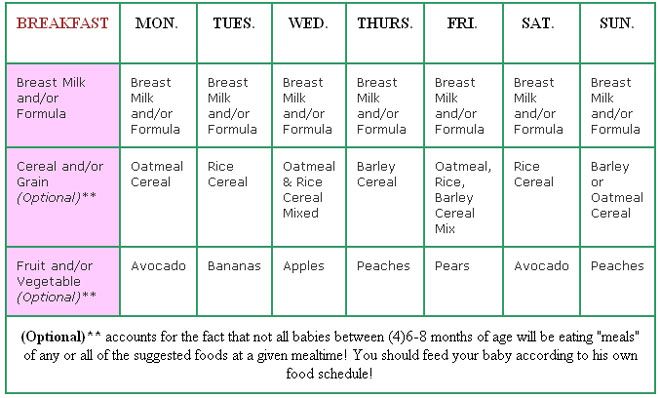
What to do if the child is not full of formula
First of all, you need to understand what signs you have determined that the child is not full. If he keeps asking for a bottle when he's finished formula, it doesn't necessarily mean he's hungry. Perhaps the child wants to continue the process itself, because the sucking reflex in children on artificial feeding is less satisfied than in children on breastfeeding.
If the baby starts to worry and cry much before the next feeding time, consider if the breaks between meals are too long. With pronounced "hungry" anxiety of the child, feed early, but the volume of the mixture should correspond to a single volume.
This is important!
Do not make the mixture “thicker” for satiety, add more dry product than indicated in the instructions! This can lead to constipation and other health problems for the baby.
If your baby is not gaining weight well, often worries, sleeps poorly, consult your pediatrician.

